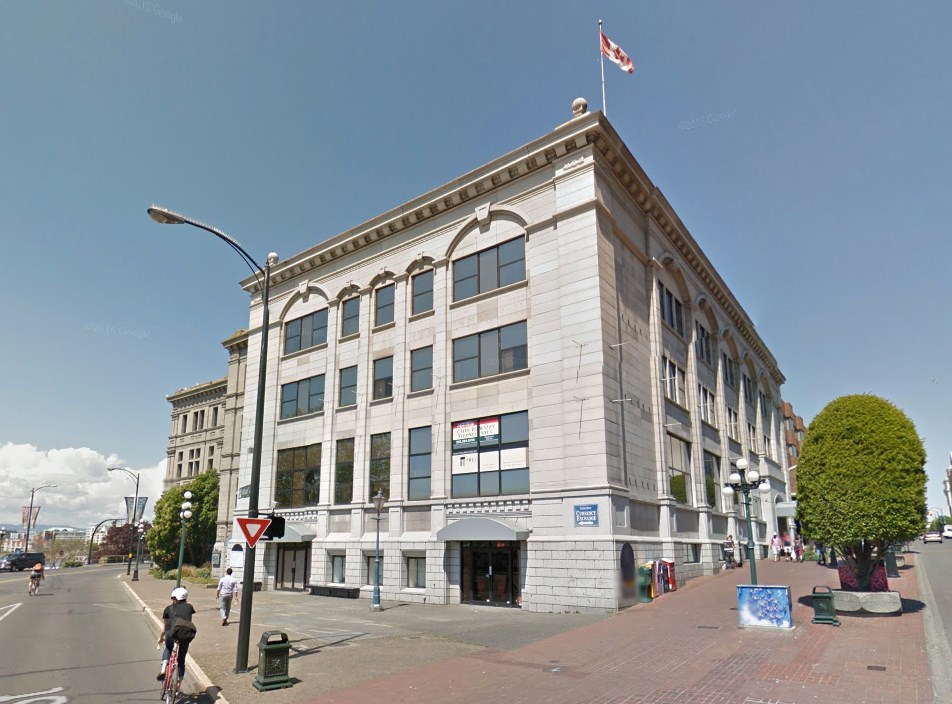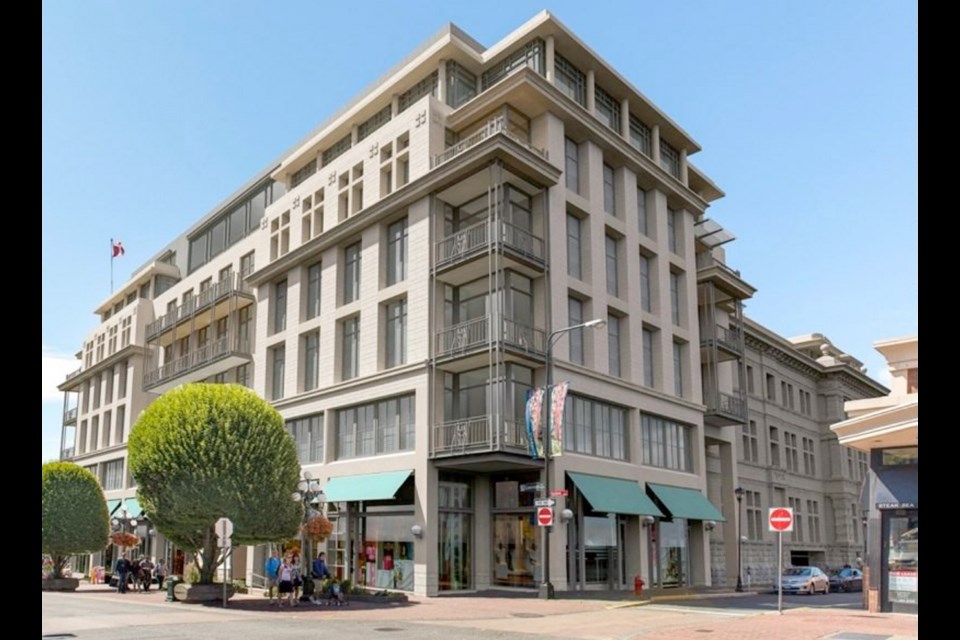In 1956, the Inner Harbour of Victoria was lined with heavy industries. Sawmills and shingle mills with large beehive burners spewed ash and smoke into the air. A large paint plant emptied its tanks into the waters, creating an iridescent sheen on the waters. The Inner Harbour was still a repository for raw sewage.
In that year, a new federal government building was being erected on the corner of Government and Wharf streets. The feds had decided to demolish the Government Street portion of the 1894 Second Empire building constructed of Gabriola sandstone and replace it with a bland modern structure.
Over the decades, it became evident to the citizens of Victoria that ash, smoke, sewage and the new federal building were mistakes and must be rectified. The site of the paint plant became the Inn at Laurel Point; the shingle mills became the Songhees developments.
The sewage has, at least, been moved further offshore, but the federal building remained a mistake until, in the late 1980s, a movement to change the facade arose under the impetus of Jim Munro and the Friends of Victoria. That group engaged architect David Hambleton, who submitted an Edwardian design reminiscent of the original, but constructed of fibreglass.
Citizens of Victoria, as well as the Chamber of Commerce and local politicians, quickly joined the movement and clamoured for a correction of the 1950s architectural blunder. The federal government thought that the $1.5-million Hambleton design was too much and submitted another insipid, modern design.
But 1988 was an election year. Local candidates applied pressure to the then-Progressive Conservative government to do something. Federal PC candidate Geoff Young was quoted as stating: “The people of Victoria are united in their determination that economic progress be balanced with the preservation of our unique quality of life.”
In the summer of 1989, a design by architect Irvin Kew, adding neo-classical detailing to the exterior of the building, was approved by the federal government and the City of Victoria and the work was carried out during 1991.
Thus, some 40 years later, an attempt was made to cover up the architectural mistake of the 1950s. The ugly walls were hidden behind decorative draperies.
Today, we see before city council a proposal to demolish the 1956 building at the corner of Government and Wharf streets and replace it with a seven-storey modern structure designed with no respect for the context and history of our Inner Harbour.
The developer has stated that the buildings that line the Inner Harbour are the walls of a room with classical geometry. Each facet of the walls, the Steamship Building, the legislative buildings, the Empress, the Belmont Building, the remains of the 1914 post office, right up to the 1872 Malahat Building, are all forming part of a set piece of classical architectural geometry.
The proposed new building does nothing to enhance the setting. It will have the effect of introducing a jarring note at the entrance to our city. If this is allowed to proceed, the citizens of Victoria will spend the next 65 years regretting its construction and devising ways to again hang some draperies to hide the building’s facade.
If you care about our city, if you care about the historic appearance of the Inner Harbour, you will write to our city council, urging them to decline this design and ask for a building of a height, scale and context that reflects the values of this city.
Come to the city council meeting at 7 p.m. on Sept. 10 and voice your opinion. All too often, we get only one chance speak our minds. This is it.
On the side of a building at Camosun College, in bold letters, is a message to our youth, attributed to Margaret Mead: “Never doubt that a small group of thoughtful, committed, citizens can change the world. Indeed, it is the only thing that ever has.”
Ken Johnson is president of the Hallmark Heritage Society.

Existing building at Wharf and Government in Victoria. Google Street View



